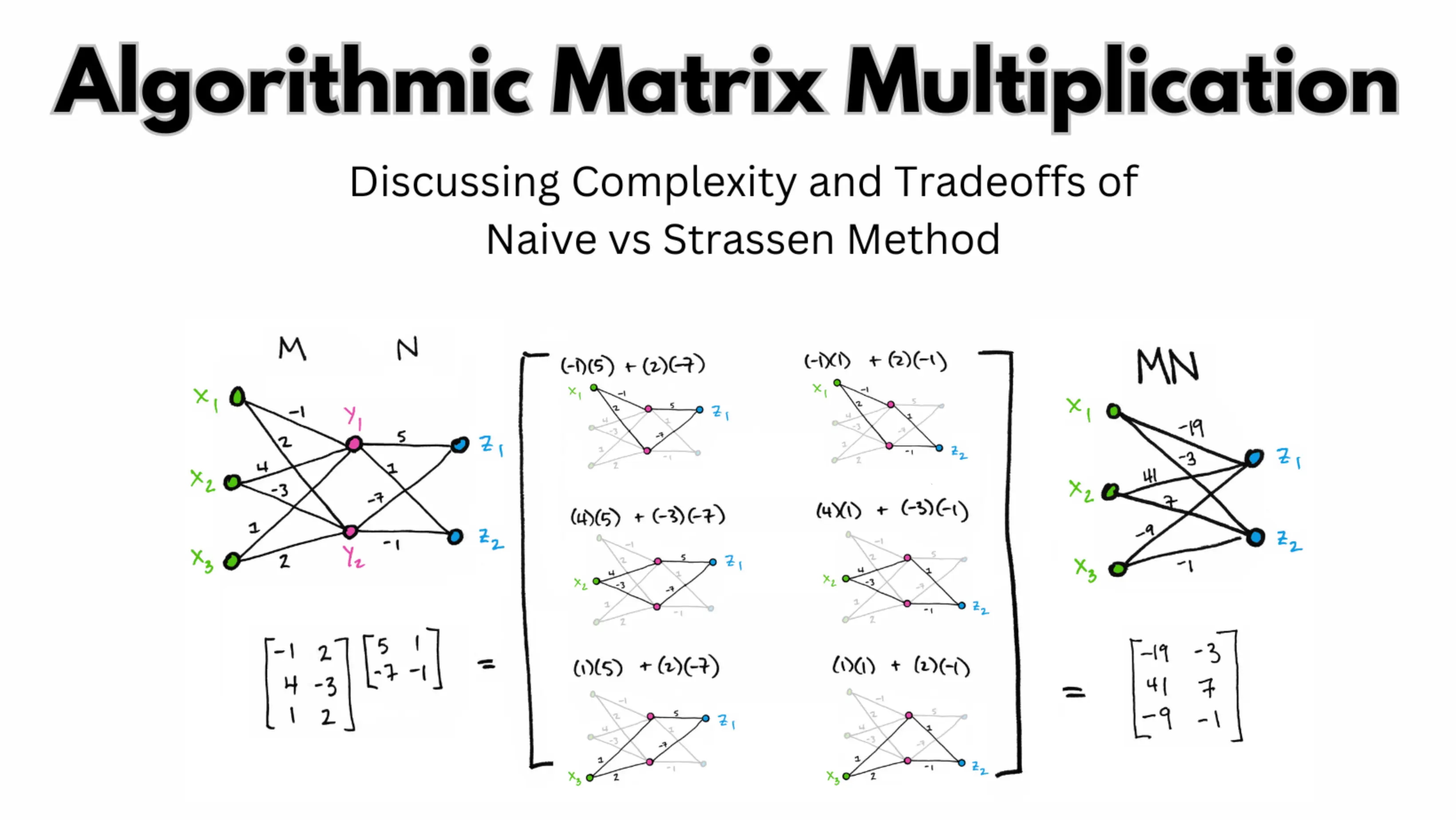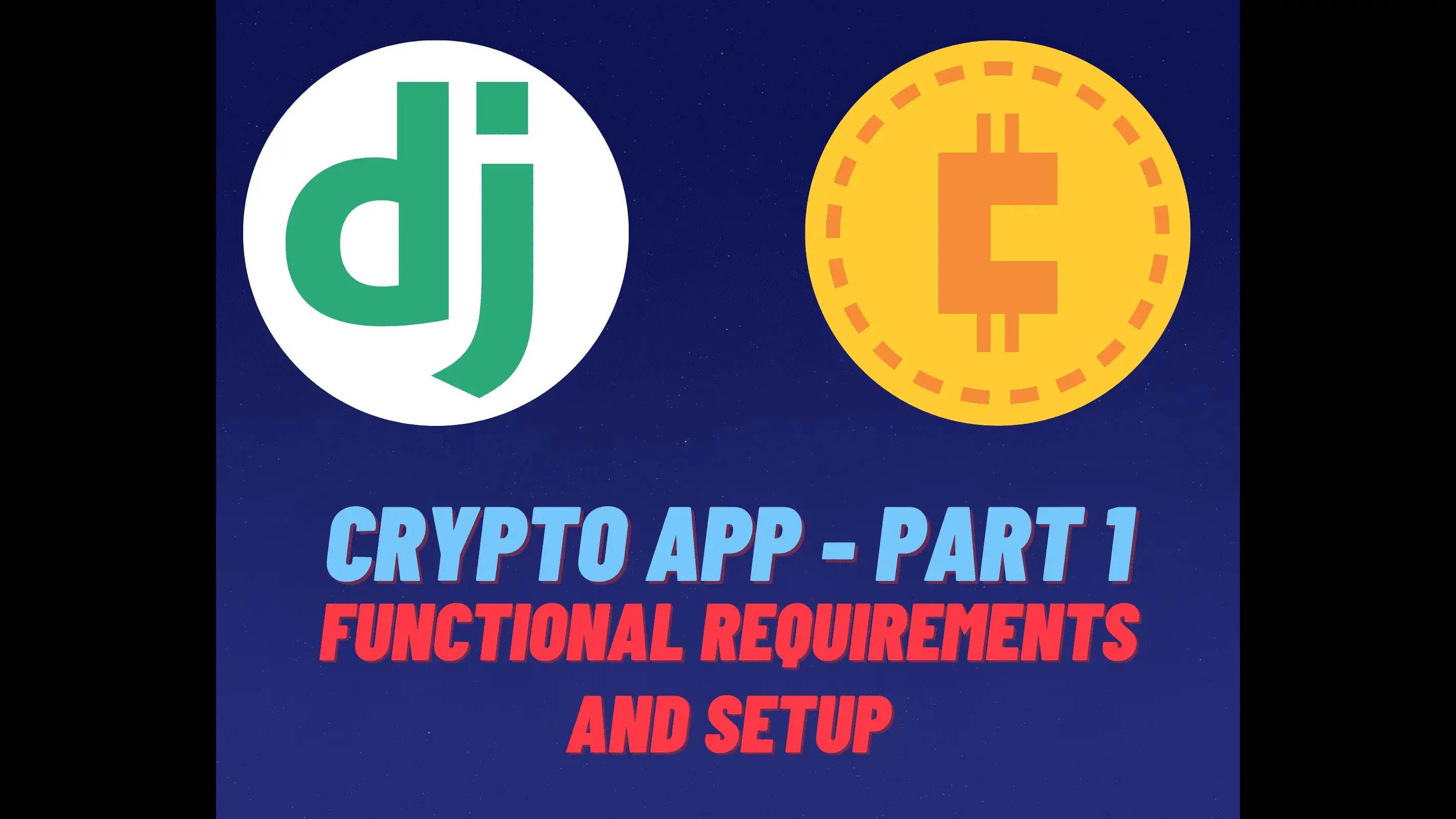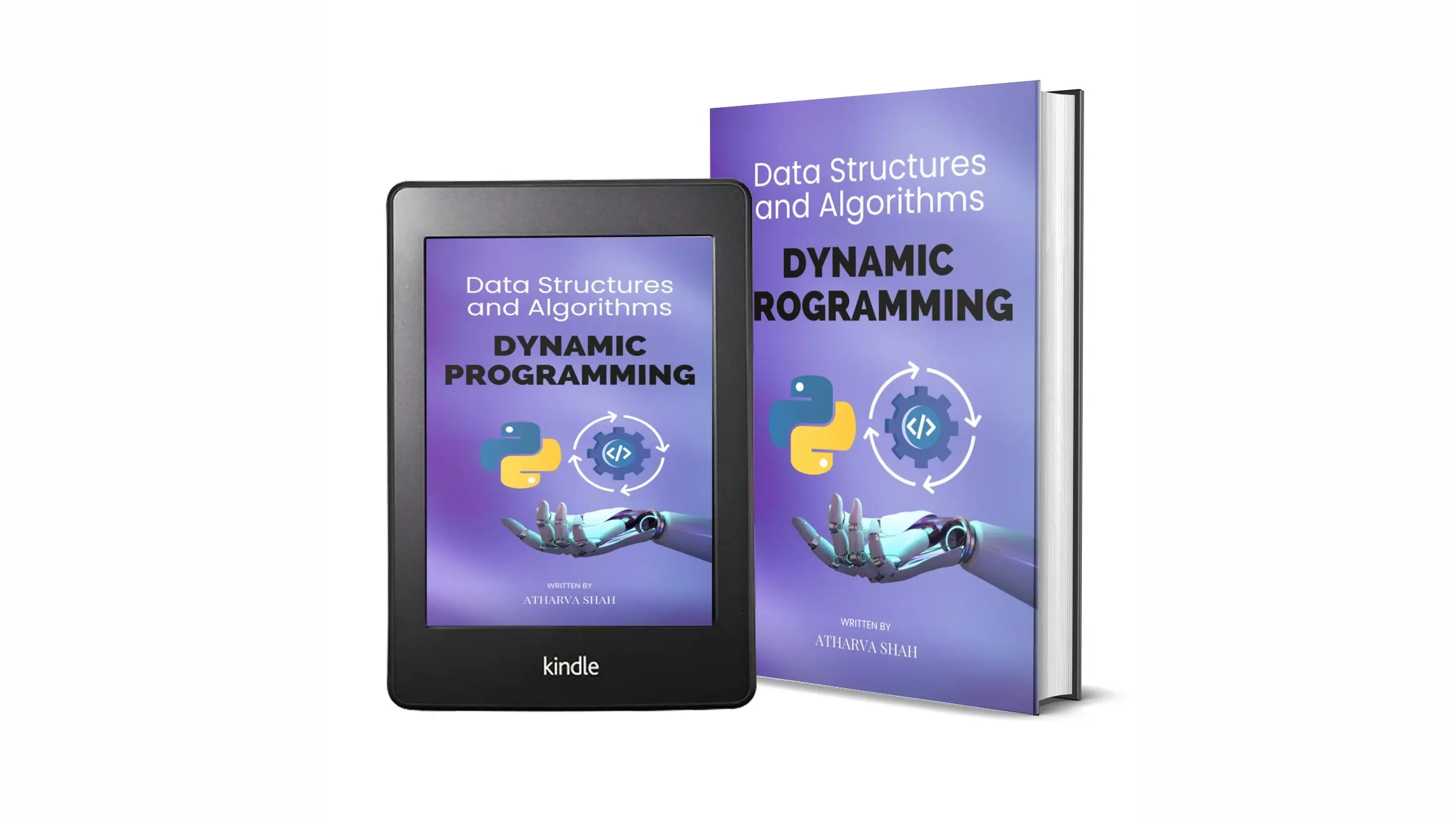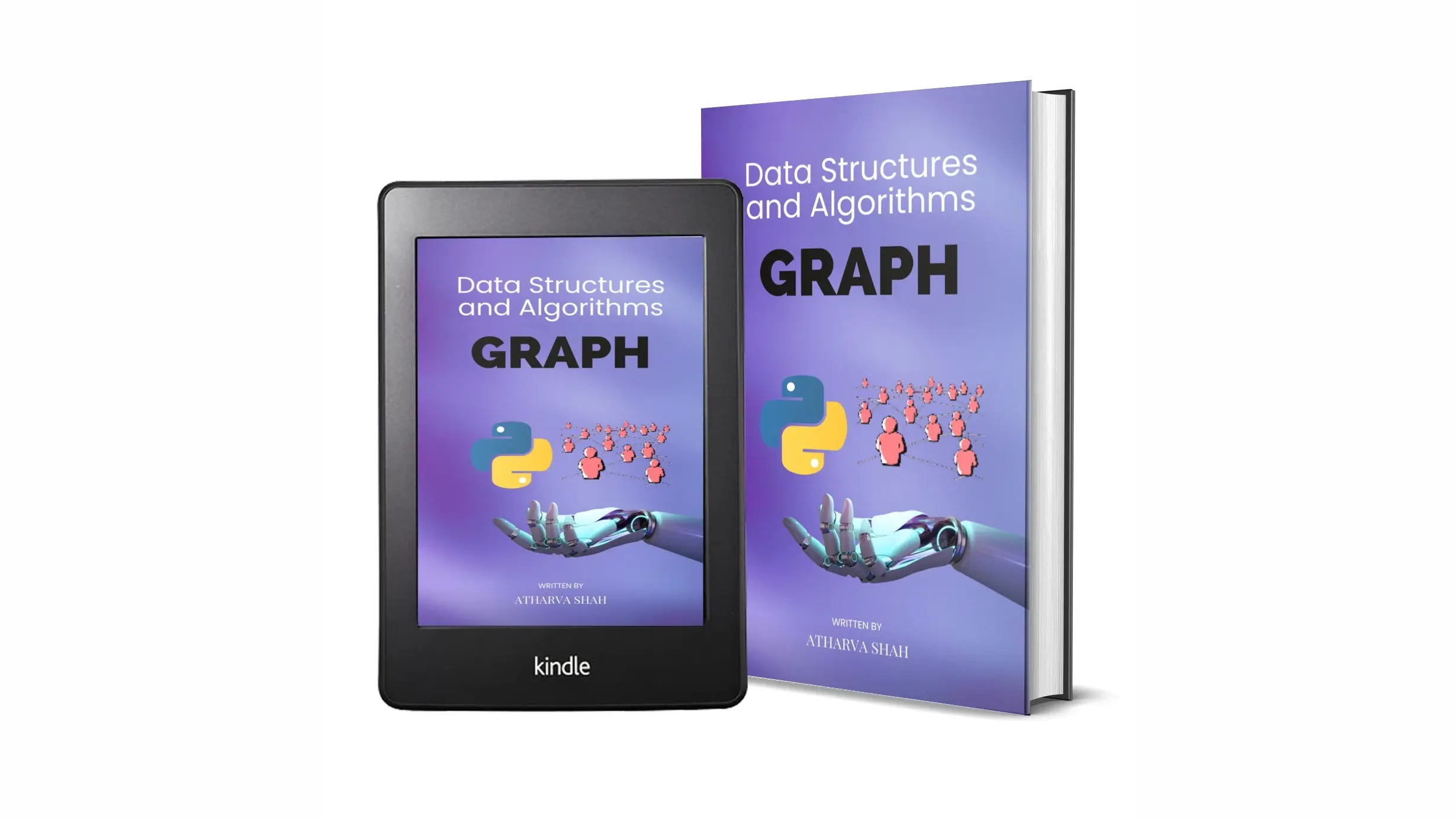
Algorithmic Matrix Multiplication Comparison
Introduction This report compares Strassen’s method and the naive approach for matrix multiplication. The main goal is to empirically look into the causes of the naive method’s O(N^3) complexity. The focus is on proving how Strassen’s methods deliver a faster performance and lower time complexity. Real-world tests will be conducted with different matrix sizes. This will determine their time complexities. The Python code implementation across different matrix sizes will estimate the constants based on the implementation logic....









